Tag: nebula
-
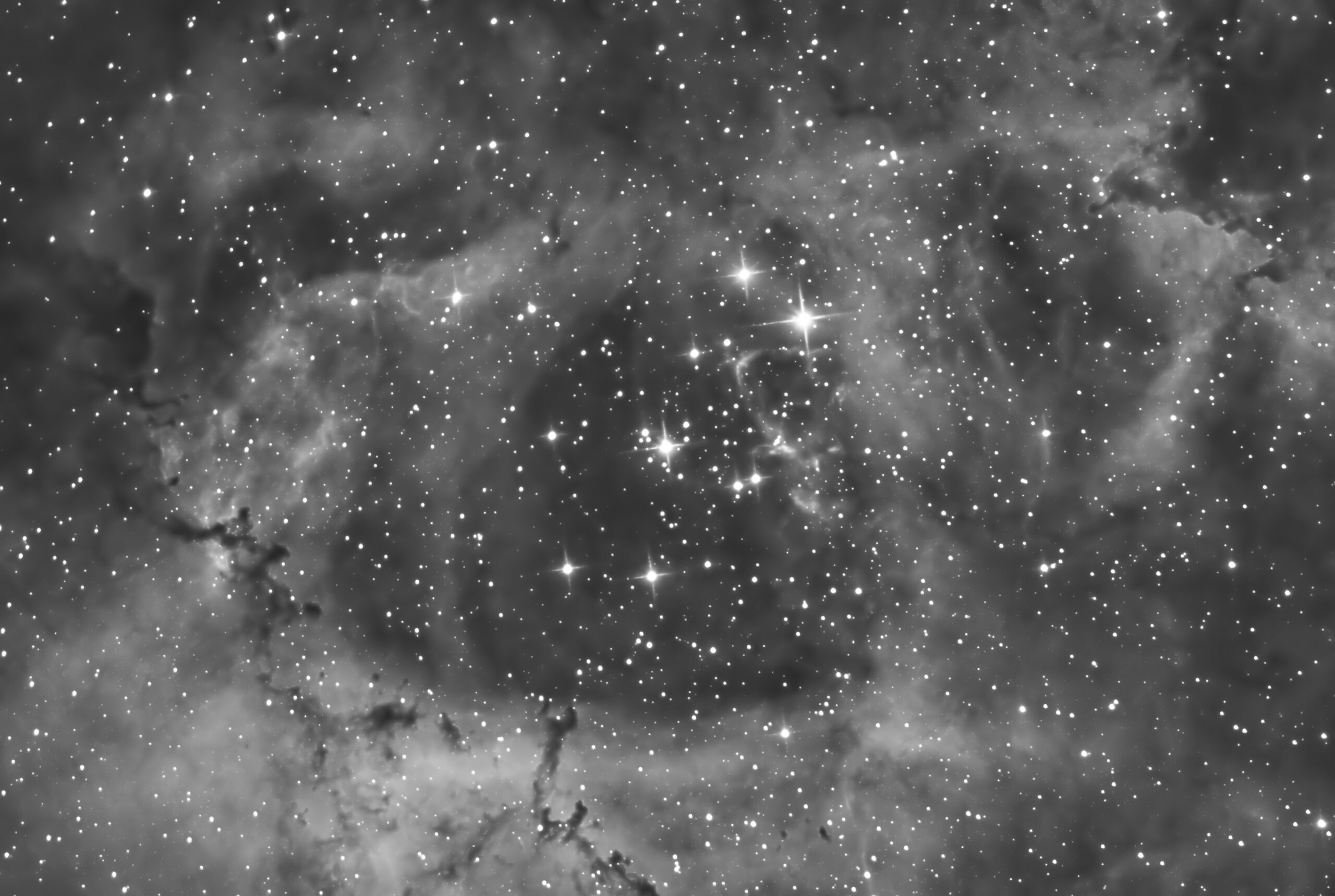
-
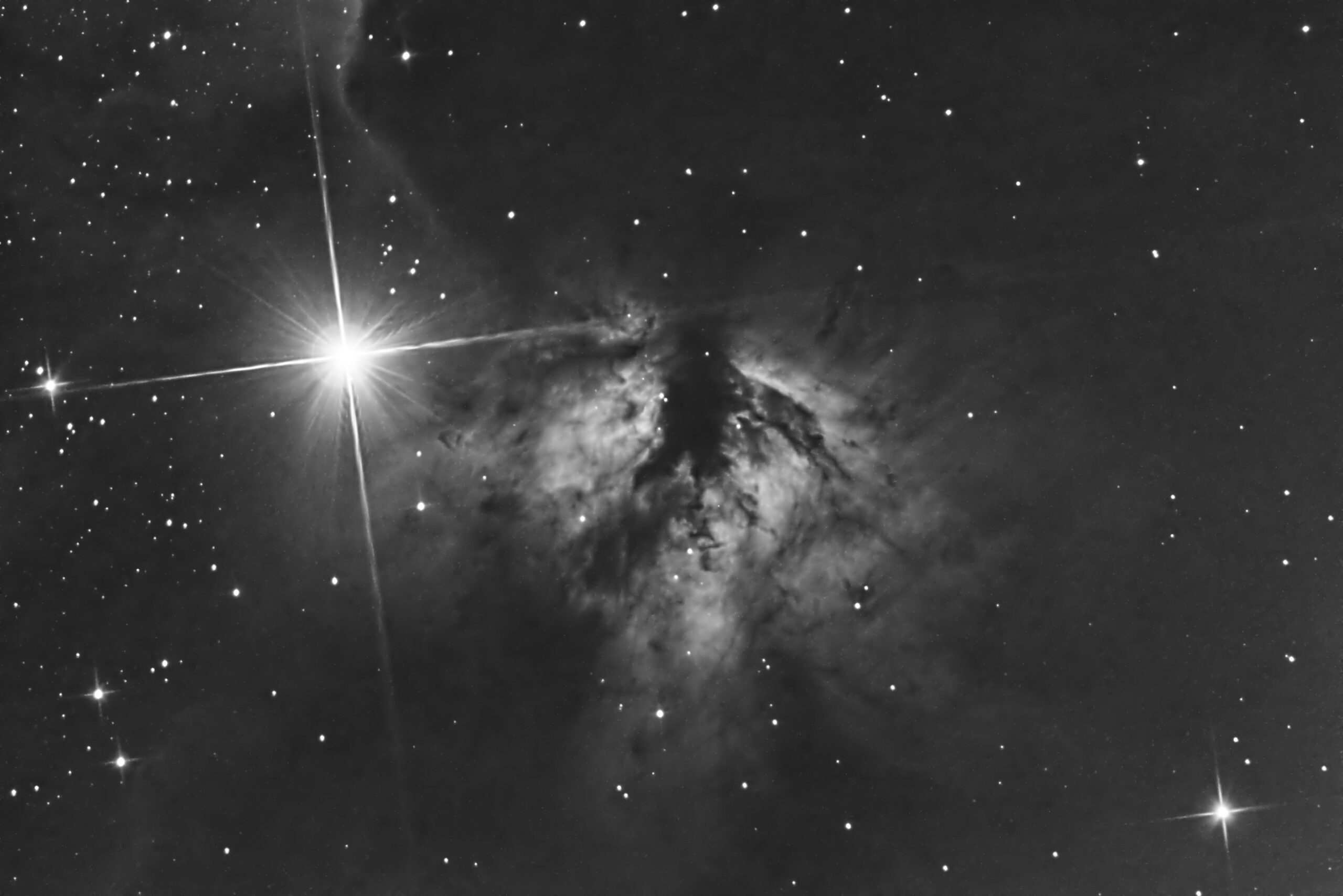
-
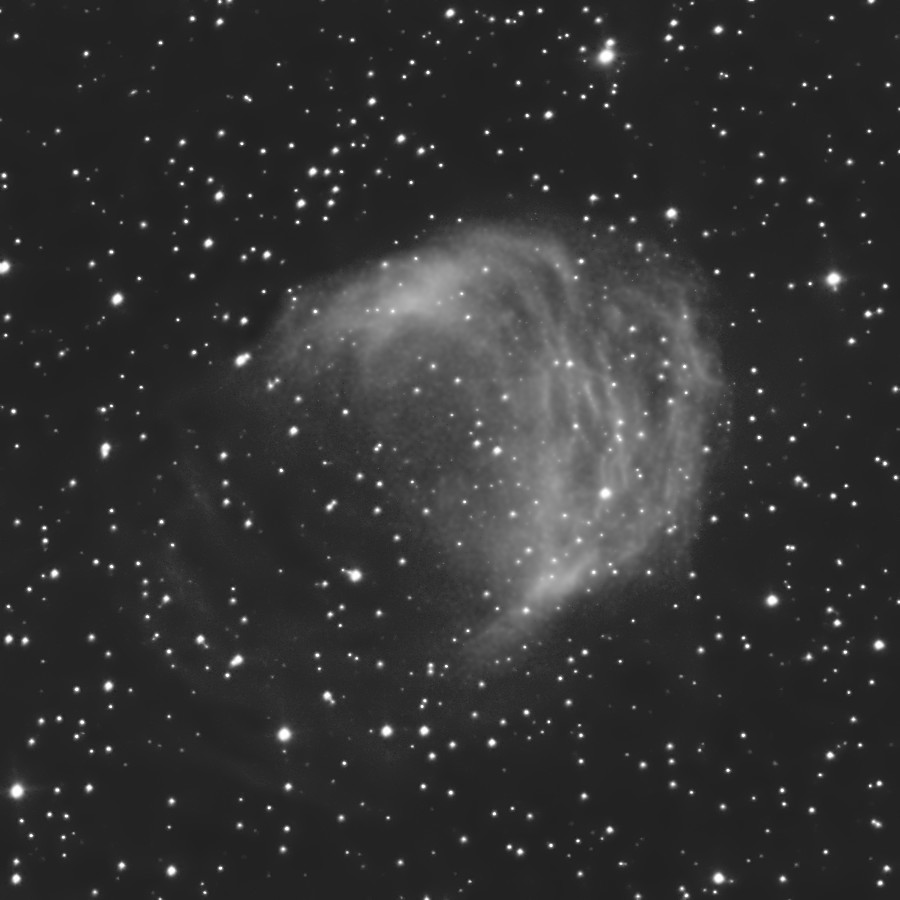
-

-
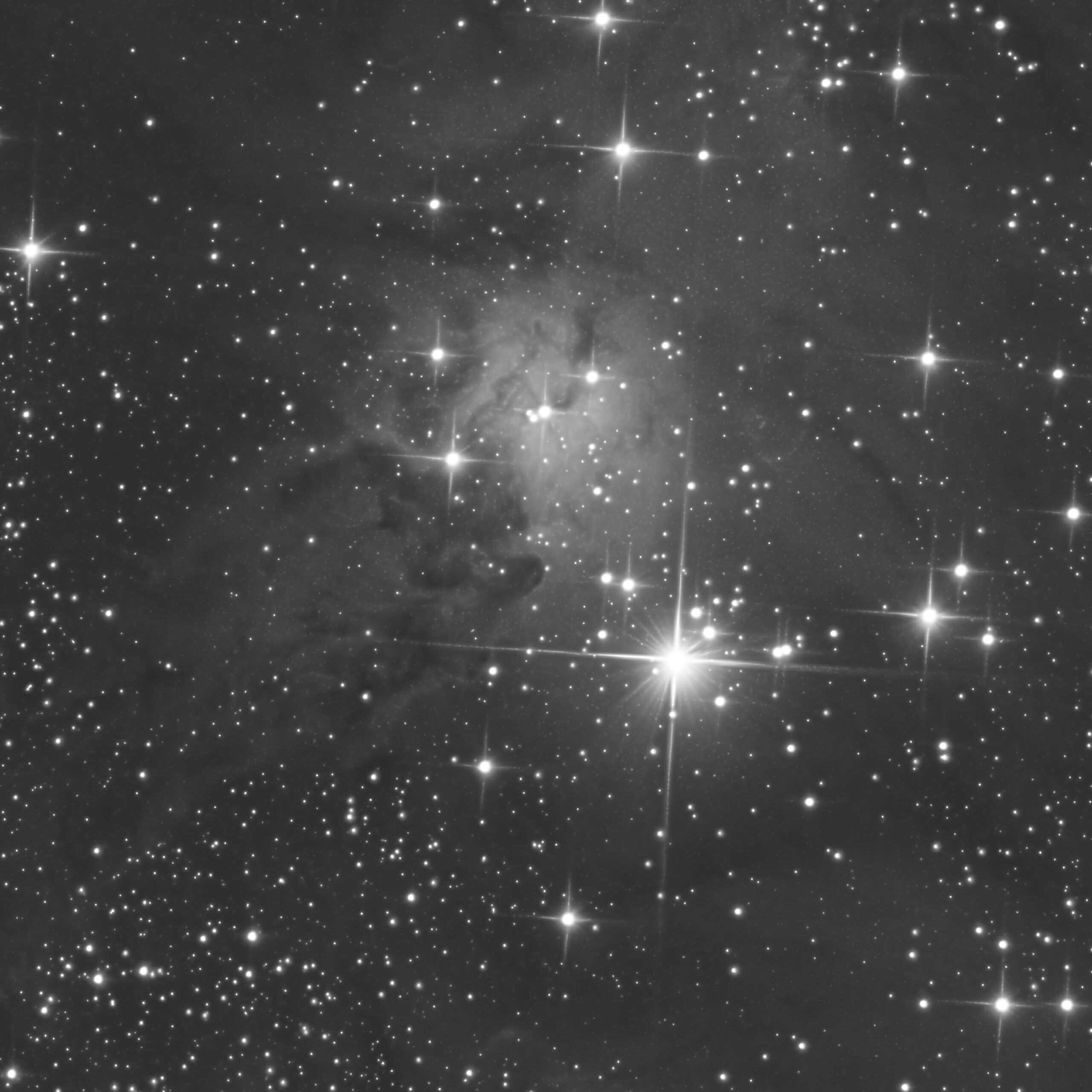
-
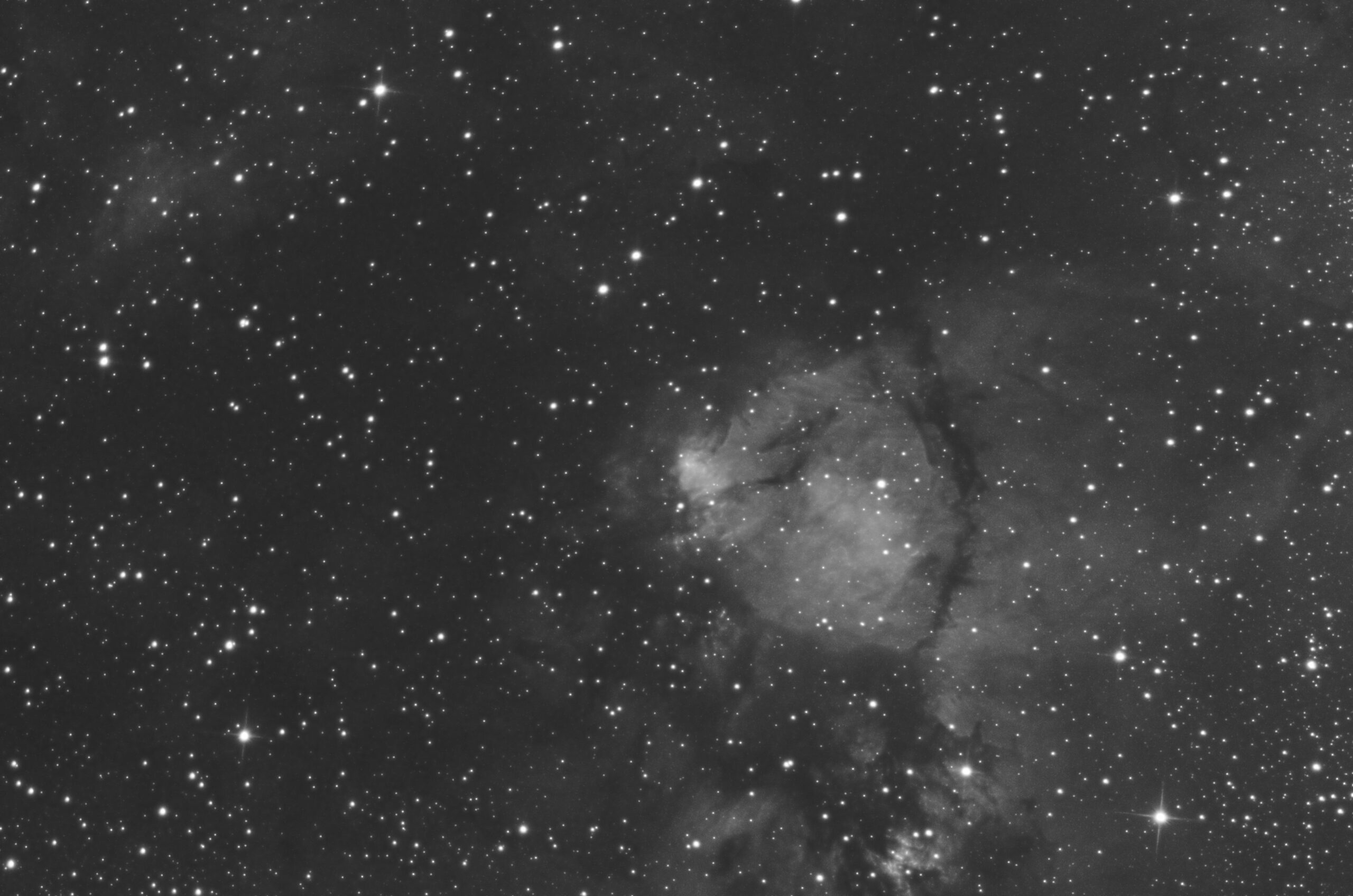
-
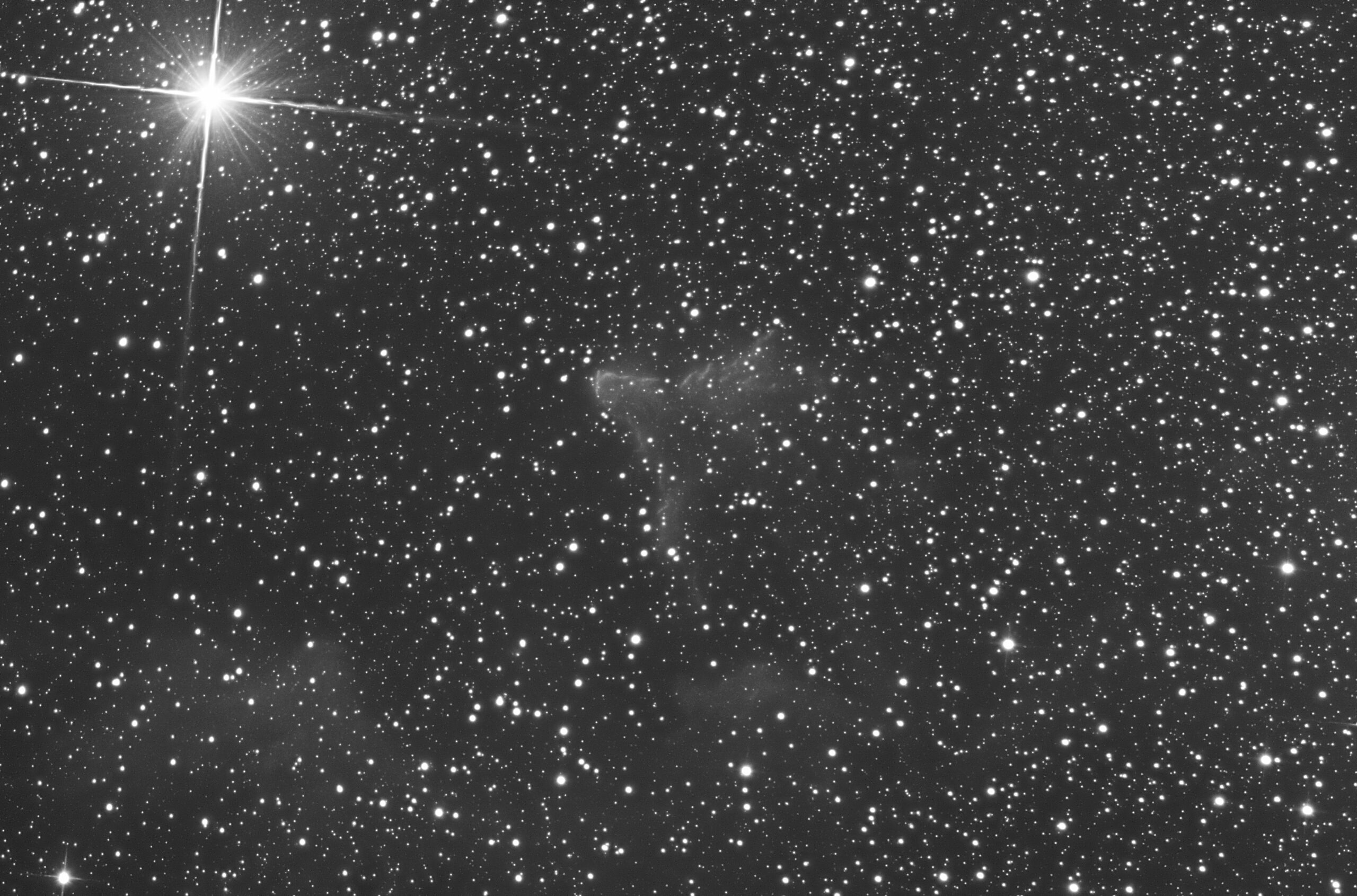
IC 63
In the center of the photo there is IC 63 (Sh2-185), an emission nebula illuminated by γ Cas (gamma Cassiopeiae), the overexposed star at the upper left, a blue giant, visible to the naked eye; at the lower left there is the nebula IC 59.The three objects are physically close together.IC 63 is also called…
-
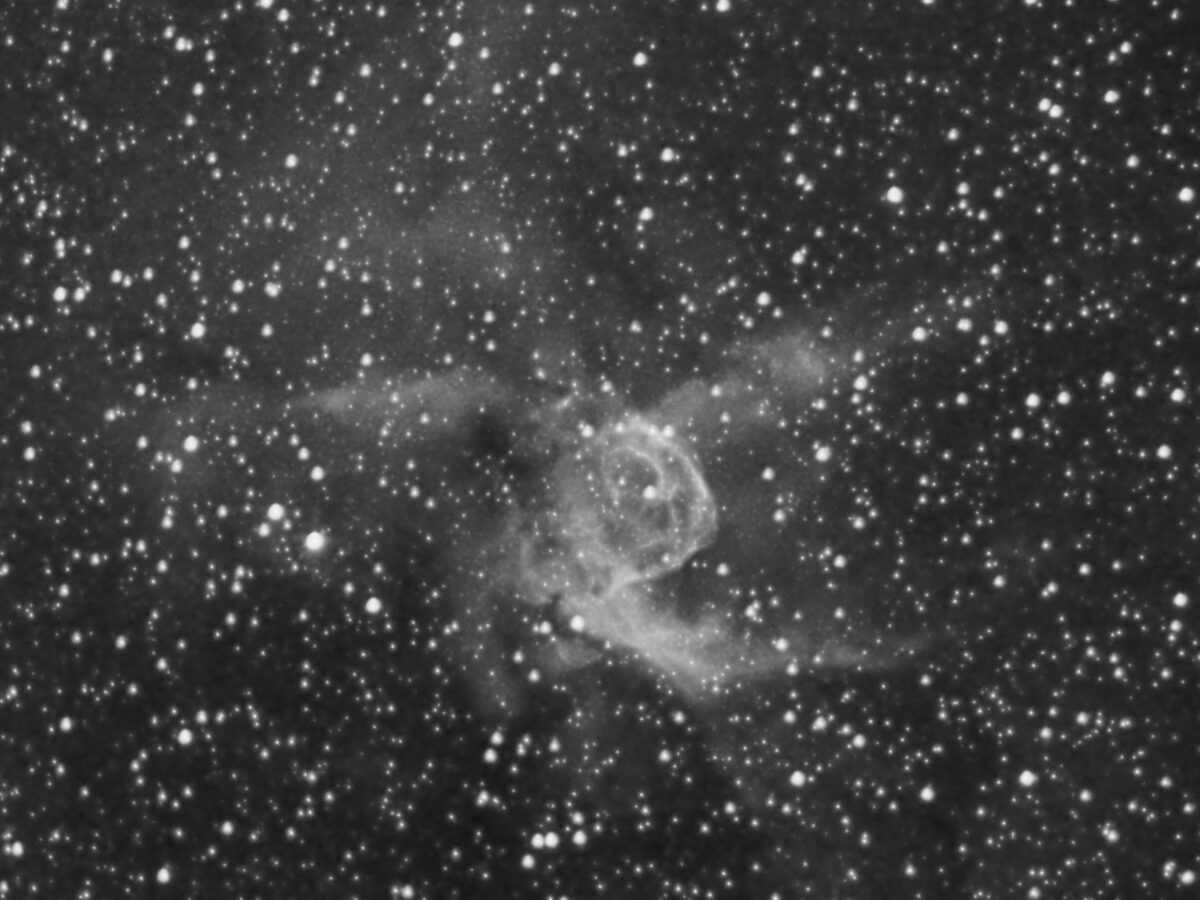
-
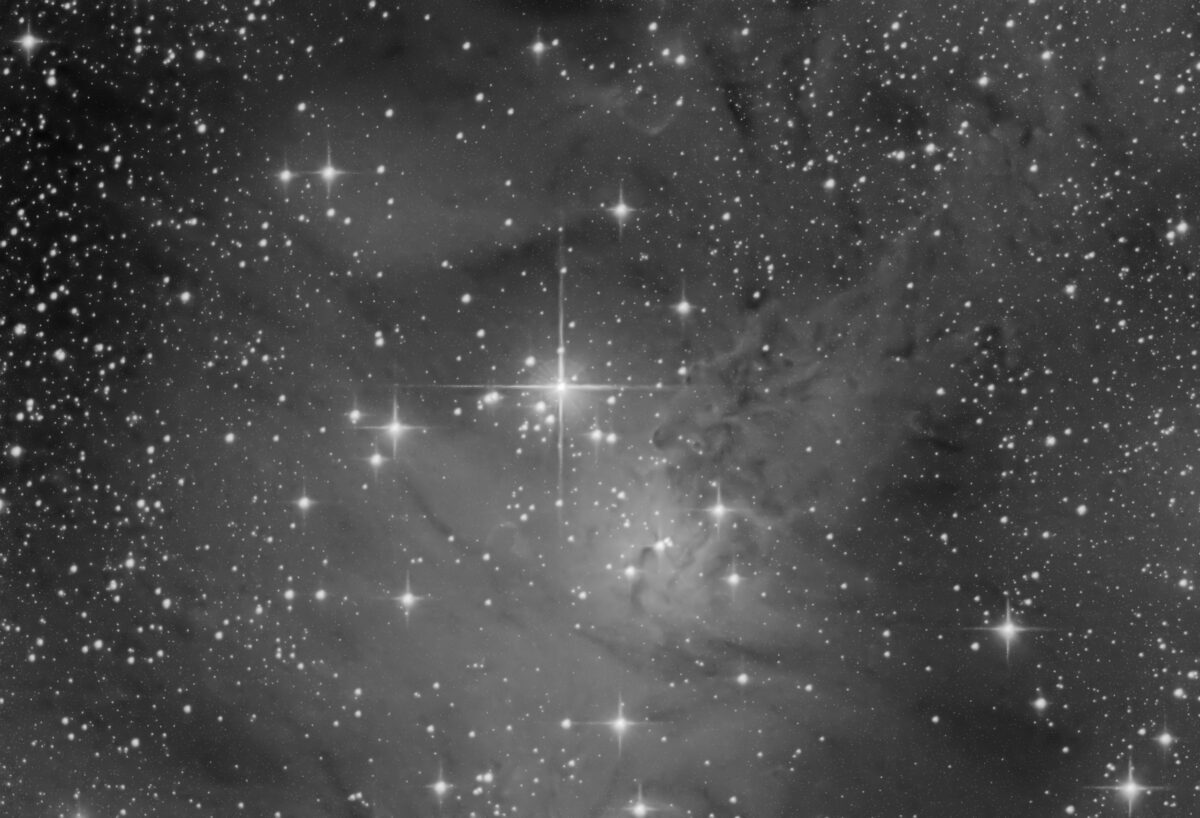
-
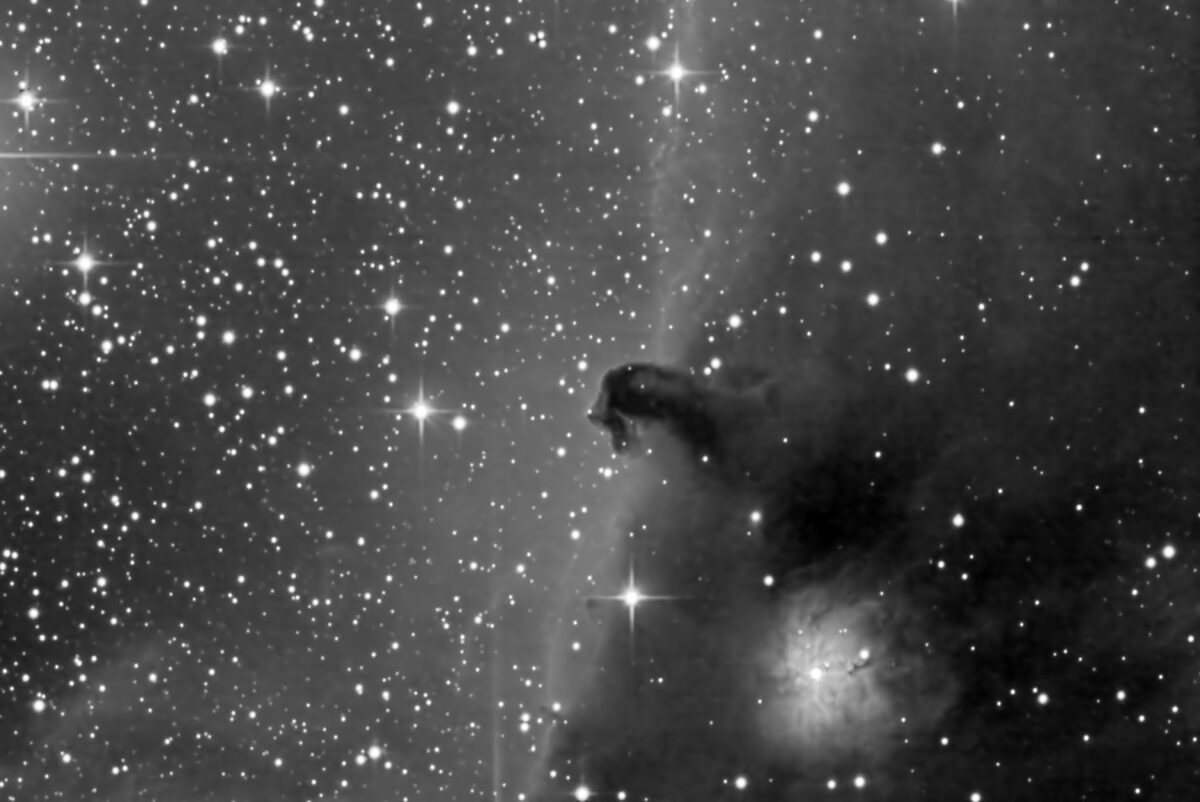
The Horsehead Nebula
The Horsehead Nebula B 33 is a dark nebula that stands out over the emission nebula IC 434; at the bottom on the right there is the NGC 2023 nebula with the star HD 37903 in the center.
